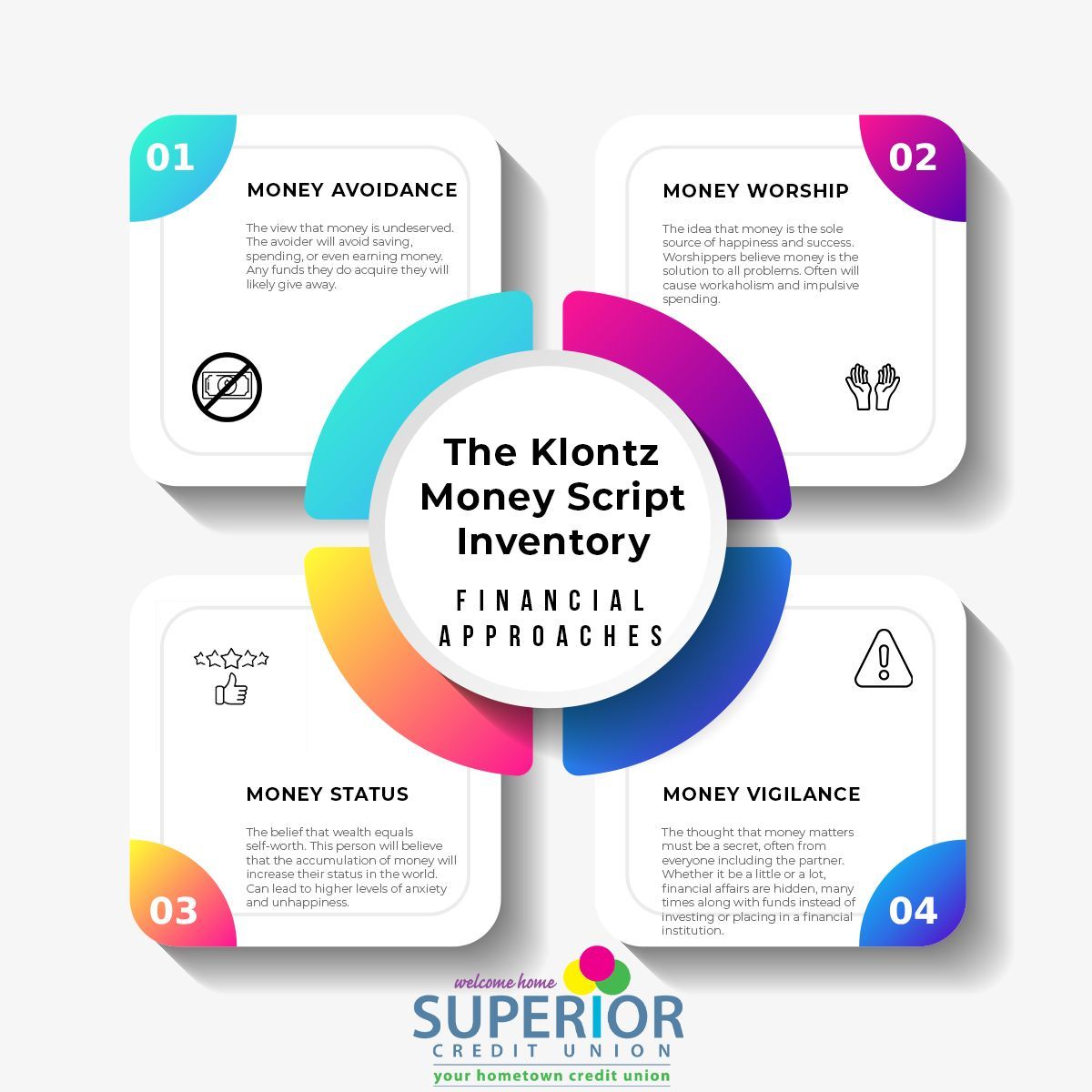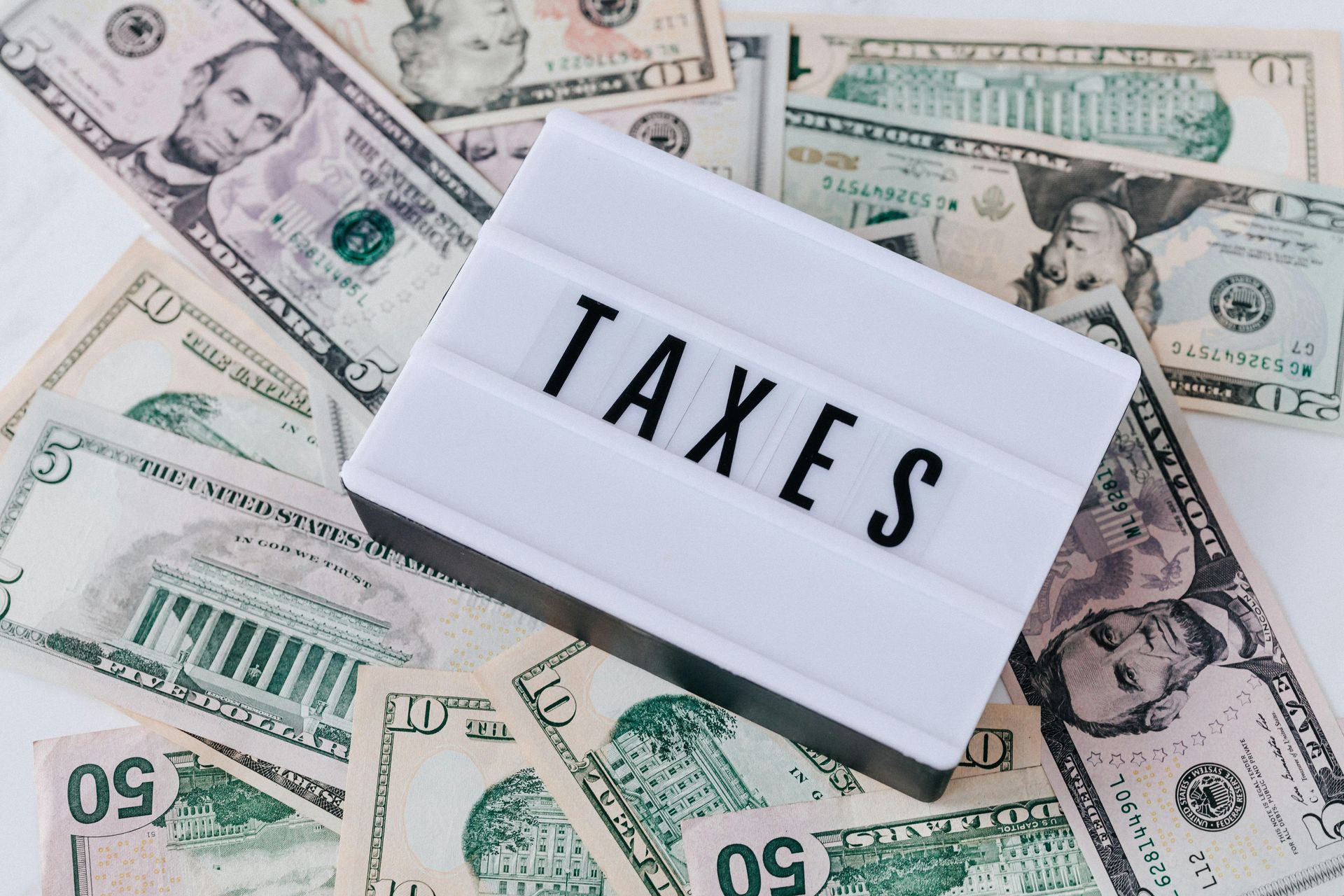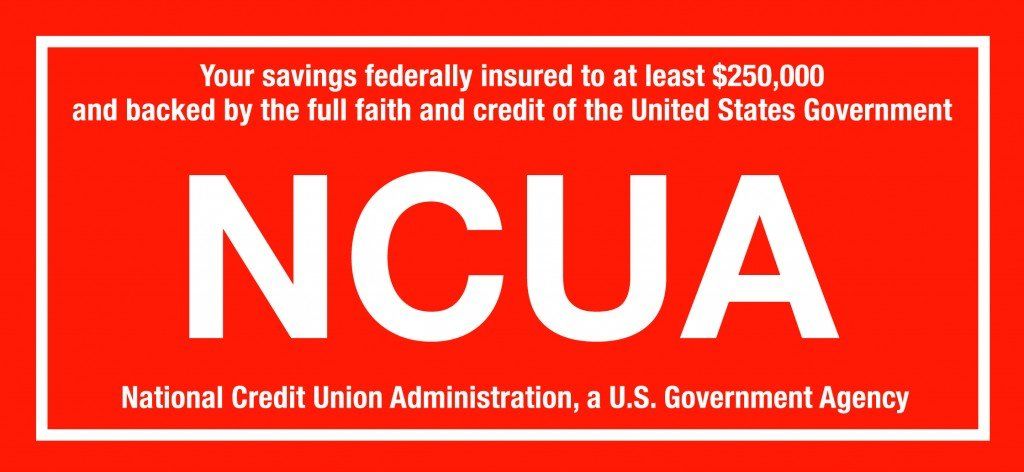Money Tips

Snowball vs. Avalanche: Two Proven Strategies to Tackle Debt When it comes to paying off debt, there’s no one-size-fits-all solution—but there are smart strategies that can help you take control and work toward a debt-free life. Two of the most popular approaches are the Debt Snowball and the Debt Avalanche methods. Each has its own strengths, and understanding the differences can help you choose the plan that best fits your personality, motivation style, and financial goals. ❄️ What Is the Debt Snowball Method? The Debt Snowball method, popularized by personal finance expert Dave Ramsey, is all about momentum. You start by listing all your debts from smallest to largest balance , regardless of the interest rates. Then: Make minimum payments on all debts except the smallest. Use any extra funds in your budget to aggressively pay off that smallest debt. Once it’s paid off, take the amount you were paying and apply it to the next-smallest debt— rolling your payments forward , like a snowball gaining speed and size. ✅ Pros of the Snowball Method : Quick wins : Paying off small debts fast feels good and builds confidence. Motivating : Seeing debts disappear keeps you energized. Simple to implement : It’s easy to follow and doesn’t require complex math. ❌ Cons of the Snowball Method: Interest costs more : You might end up paying more overall, because you’re not targeting high-interest debts first. 📘 Learn More: Dave Ramsey’s Guide to the Snowball Method 🔥 What Is the Debt Avalanche Method? The Debt Avalanche method is designed for maximum interest savings . Instead of focusing on balance size, you focus on interest rate . Here's how it works: List all debts from highest interest rate to lowest . Continue making minimum payments on everything except the one with the highest interest . Pay off the most expensive debt first, then move to the next-highest rate, and so on. ✅ Pros of the Avalanche Method: Saves money : By eliminating high-interest debts first, you’ll pay less over time. Faster repayment (mathematically) : More of your money goes to principal, not interest. ❌ Cons of the Avalanche Method: Slower to feel progress : If your highest-interest debt is also your biggest, it may take a while to pay off your first account. Requires discipline : You need to stay focused even when results take longer to appear. 📘 Learn More: NerdWallet’s Breakdown of the Avalanche Method Investopedia’s Debt Avalanche Explanation 🧠 Which Method Should You Choose? That depends on your personality and motivation: If you're the type who needs small victories to stay motivated, the Snowball Method may be the better fit. If you're numbers-driven and want to pay the least amount of interest , go with the Avalanche Method . Some people even use a hybrid approach : starting with a small snowball for motivation, then switching to avalanche to save money long-term. 💡 A Final Tip: Budget First, Always No matter which method you choose, the most important factor is your budget . Make sure you're spending within your means and not taking on more debt while you pay down existing balances. Try to: Cut unnecessary expenses, Build an emergency fund, And avoid new credit unless absolutely necessary. 🧘♀️ The End Goal: Freedom from Debt Whether you're rolling a snowball or triggering an avalanche, the ultimate reward is a life free from the stress of debt. Imagine what you could do with that monthly payment money once it’s yours again—save for a home, invest, travel, or simply rest easy knowing you're in control of your finances. Need help creating a plan? At Superior Credit Union , our financial counselors can help you decide which method works best for your unique situation—and help you stay on track every step of the way. Let me know if you’d like a shorter teaser post or a visual version of this for social media!

At Superior Credit Union, we often assist members who present a Power of Attorney (POA) document — but we’ve found that many people are unclear about what a POA actually means, how it works, and why it’s so important to have one in place. Simply put, a Power of Attorney is a legal document that authorizes a designated person (known as the agent ) to act on behalf of another person (the principal ). The agent can make financial, legal, or even health-related decisions for the principal, depending on the type of POA that has been created.

When it comes time to purchase a “new to you” vehicle, the options can feel overwhelming. Whether your current car just gave out unexpectedly or you're simply in need of an upgrade, shopping for a vehicle is a big decision—and one that often brings stress and uncertainty. At Superior Credit Union, we’re here to support you through all of life’s ups and downs. That’s why we’ve put together some of the top reasons why buying used might be the smart move for you. 1. Lower Prices Let’s start with the most obvious benefit—cost. The price tag for a brand-new car can cause some serious sticker shock. According to MoneyGeek , the average cost of a new vehicle in 2024 was $48,401. That’s a hefty chunk of change, especially if the purchase wasn’t planned. Compare that to the average cost of a used car. As of April 2025, CarEdge reports that used vehicles are averaging about $25,128. While used car prices are climbing slightly due to tax refund season, the difference in cost is still substantial—making used cars a much more budget-friendly option. 2. Lower Insurance Costs The cost of owning a vehicle doesn’t end with the purchase. Insurance is another major expense to consider—and one where used cars often come out ahead. When buying new, especially if you’re financing the vehicle, your lender may require full coverage, which is considerably more expensive than basic state minimum insurance. According to MoneyGeek’s insurance report for Pennsylvania , full coverage averages $1,381 per year, while the state minimum costs about $425 annually. That’s a difference of nearly $1,000 a year—money that could be going toward savings, emergency funds, or even your next vacation. 3. Reduced Depreciation Depreciation is the silent budget killer of new car ownership. Within the first year, a new car can lose 20% or more of its value. Over the first five years, that number can climb to a whopping 60% . Why does this matter? Because it means the brand-new vehicle you just paid top dollar for might only be worth half of what you paid in a few short years. Factors like make and model, fuel efficiency, and market conditions all play a role. Kelley Blue Book ( KBB.com ) recommends considering vehicles that are just one model year older than new. You’ll save as much as 20% while still enjoying many of the same features and technology as a brand-new car. Plus, depreciation slows significantly after five years, so your money holds its value longer when you buy used. 4. Certified Pre-Owned Programs Worried about the reliability of a used car? Certified Pre-Owned (CPO) programs might be the perfect middle ground. Many dealerships offer these programs for used vehicles that meet specific quality standards—usually lower mileage, clean maintenance history, and better overall condition. CPO vehicles undergo a thorough inspection process and often come with added benefits like extended warranties and roadside assistance. According to Consumer Reports , CPO vehicles have 14% fewer issues than regular used cars, and typically cost only about 1.8% more . So, while you’re saving by buying used, you can still enjoy extra peace of mind by choosing a CPO car. Final Thoughts... Purchasing a car—whether new or used—is always a major decision, but it doesn’t have to be a stressful one. At Superior Credit Union, we’re here to help you make smart financial choices that fit your life and your budget. Thinking about financing a used vehicle? Talk to us about our competitive auto loan rates and get pre-approved today. Let us help you hit the road with confidence!

Tracking your spending is the first step toward greater financial awareness and, ultimately, toward financial health. However, mastering this skill is easier said than done. How can you track every dollar you spend when you make multiple purchases each day? We’ve outlined how to track your spending in 3 easy steps.







